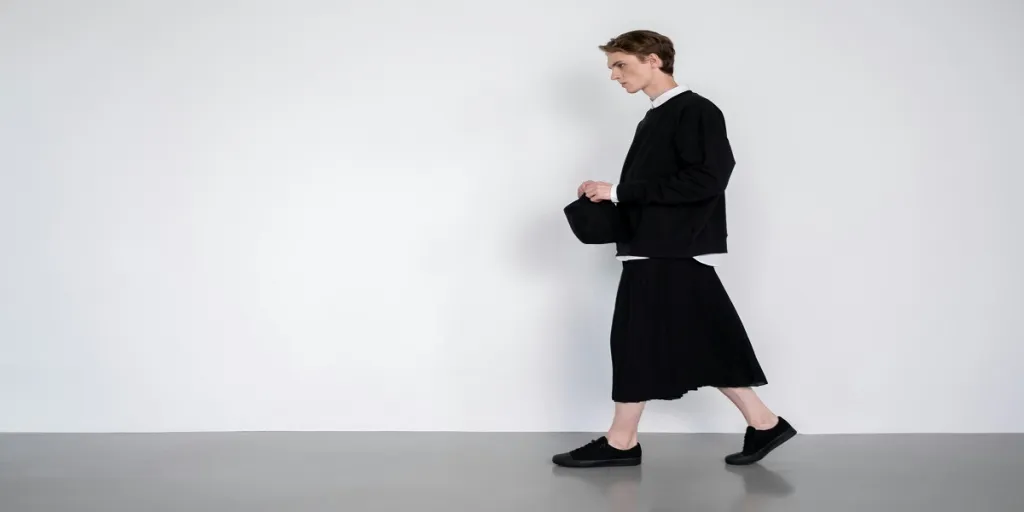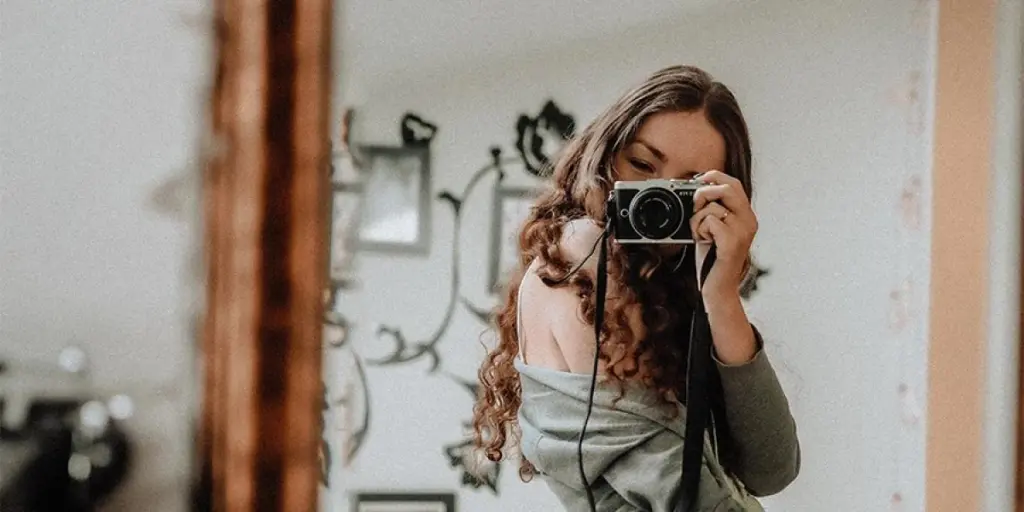Cushioned socks have become a staple in the apparel and accessory industry, offering unparalleled comfort and performance. As consumers increasingly prioritize comfort in their daily wear, the demand for cushioned socks has surged, making them a significant trend in the market.
Table of Contents:
– Market Overview
– Growing Demand for Comfort and Performance
– Key Players and Market Share
– Regional Trends and Preferences
– Innovative Materials and Fabrics
– Advanced Cushioning Technologies
– Sustainable and Eco-friendly Options
– Breathable and Moisture-wicking Fabrics
– Design and Functionality
– Ergonomic and Anatomical Designs
– Enhanced Durability and Longevity
– Versatility for Various Activities
– Style and Aesthetics
– Trendy Colors and Patterns
– Seasonal Variations and Collections
– Customization and Personalization Options
Market Overview
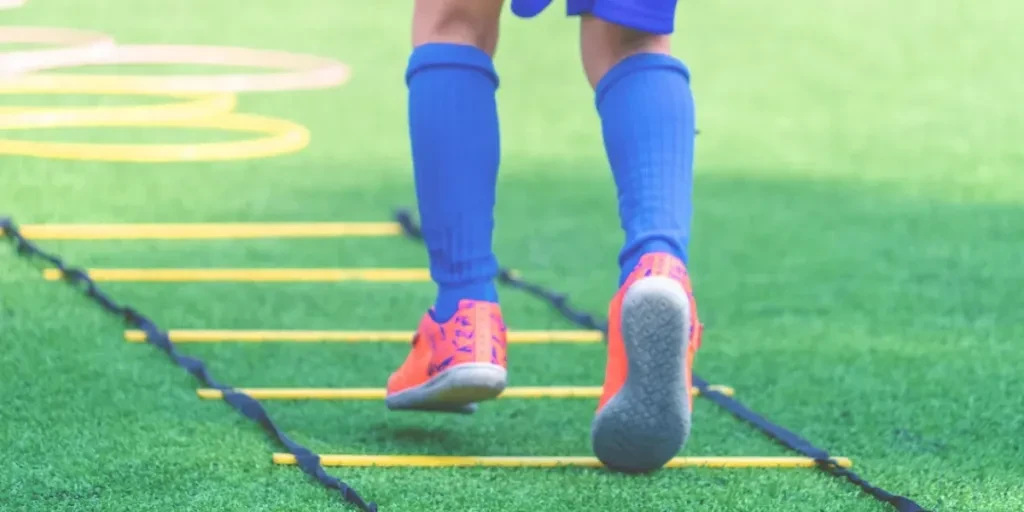
Growing Demand for Comfort and Performance
The demand for cushioned socks has been on a steady rise, driven by consumers’ increasing focus on comfort and performance. According to a report by Grand View Research, the global socks market size was valued at USD 42.2 billion in 2020 and is expected to grow at a compound annual growth rate (CAGR) of 6.0% from 2021 to 2028. This growth is largely attributed to the rising awareness of foot health and the benefits of cushioned socks in providing enhanced comfort and support.
Athletes and fitness enthusiasts are particularly drawn to cushioned socks for their ability to reduce foot fatigue and prevent blisters during intense physical activities. The integration of advanced cushioning technologies has further propelled the popularity of these socks, making them a preferred choice for both sports and everyday wear.
Key Players and Market Share
Several key players dominate the cushioned socks market, each contributing to the industry’s growth through innovation and strategic marketing. Nike, Inc., Adidas AG, and Puma SE are among the leading brands, known for their high-quality cushioned socks designed for athletic performance. These companies have a significant market share, thanks to their strong brand presence and extensive distribution networks.
In addition to these giants, other notable players include Under Armour, Inc., Hanesbrands Inc., and Bombas LLC. Bombas, in particular, has gained a loyal customer base with its mission-driven approach, donating a pair of socks for every pair sold. This socially responsible business model has resonated with consumers, further boosting the brand’s market share.
Regional Trends and Preferences
The demand for cushioned socks varies across different regions, influenced by cultural preferences and climatic conditions. In North America, the market is driven by a high level of consumer awareness regarding foot health and the benefits of cushioned socks. The region’s strong sports culture also contributes to the popularity of these socks among athletes and fitness enthusiasts.
In Europe, the market is characterized by a growing preference for sustainable and eco-friendly products. According to a report by the European Commission, the demand for sustainable textiles, including socks, is on the rise, with consumers increasingly seeking products made from organic and recycled materials. This trend has prompted manufacturers to develop cushioned socks that align with these preferences, incorporating sustainable materials and production processes.
Asia-Pacific is another significant market for cushioned socks, with countries like China and India witnessing rapid growth. The region’s expanding middle class and increasing disposable income have led to a higher demand for premium and comfortable apparel, including cushioned socks. Additionally, the rising popularity of sports and fitness activities in these countries has further fueled the market growth.
Innovative Materials and Fabrics
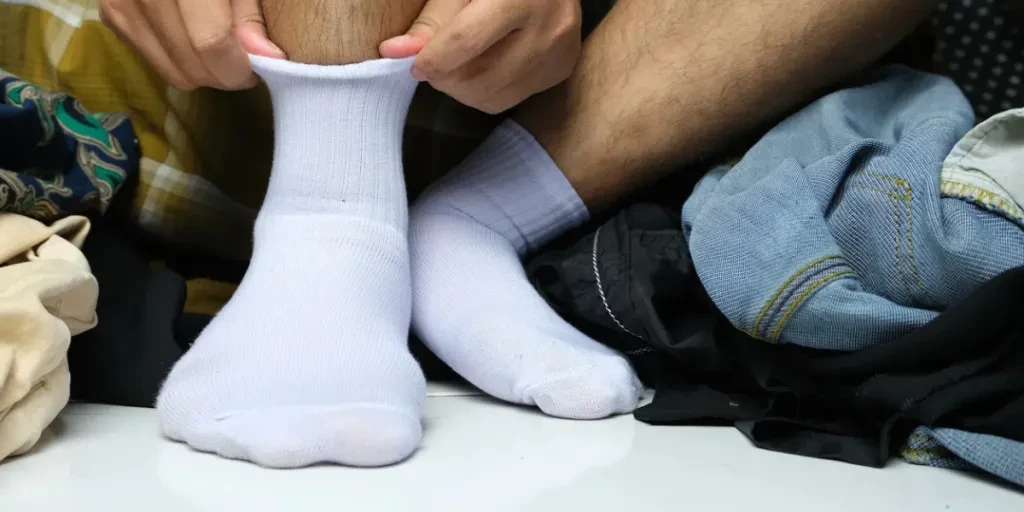
Advanced Cushioning Technologies
The evolution of cushioned socks has been significantly influenced by advancements in cushioning technologies. These innovations are designed to provide superior comfort and support, catering to the needs of various activities and lifestyles. One notable development is the use of gel inserts and memory foam padding, which offer targeted cushioning to high-impact areas such as the heel and ball of the foot. This technology not only enhances comfort but also helps in reducing foot fatigue and preventing injuries.
Additionally, the integration of air cushioning systems, similar to those used in high-performance athletic shoes, has made its way into cushioned socks. These systems provide a responsive cushioning effect, adapting to the wearer’s movements and offering a dynamic support system. According to a professional report, brands like Nike and Adidas have been at the forefront of incorporating these advanced cushioning technologies into their sock designs, ensuring that athletes and active individuals receive the best possible support during their activities.
Sustainable and Eco-friendly Options
Sustainability has become a crucial consideration in the apparel and accessory industry, and cushioned socks are no exception. The demand for eco-friendly products has led to the development of socks made from sustainable materials such as organic cotton, bamboo, and recycled polyester. These materials not only reduce the environmental impact but also offer excellent breathability and moisture-wicking properties.
Brands are also exploring innovative ways to incorporate recycled materials into their products. For instance, some cushioned socks now feature padding made from recycled foam or other post-consumer waste materials. This approach not only helps in reducing waste but also promotes a circular economy. A report by WGSN highlights that the use of plant-based alternatives and responsibly sourced materials is gaining traction, with brands like Ragbag and Bianco Footwear leading the way in sustainable sock production.
Breathable and Moisture-wicking Fabrics
Breathability and moisture management are essential features of cushioned socks, especially for those engaged in high-intensity activities. Modern cushioned socks are often made from advanced synthetic fibers such as Coolmax and Drymax, which are designed to wick moisture away from the skin and keep the feet dry. These fabrics are engineered to provide excellent ventilation, preventing the buildup of sweat and reducing the risk of blisters and other foot-related issues.
Moreover, the incorporation of mesh panels and ventilation zones in the design of cushioned socks further enhances their breathability. These features allow for better air circulation, keeping the feet cool and comfortable even during prolonged wear. According to a report by Launchmetrics, brands like Puma and Salomon have successfully integrated these breathable and moisture-wicking technologies into their sock collections, catering to the needs of runners and outdoor enthusiasts.
Design and Functionality
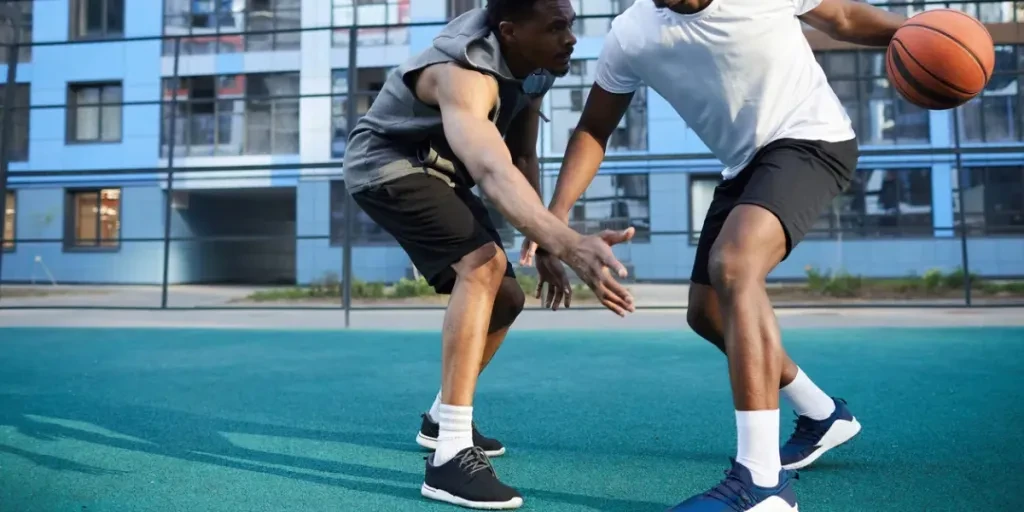
Ergonomic and Anatomical Designs
The design of cushioned socks has evolved to prioritize ergonomic and anatomical considerations, ensuring a perfect fit and maximum comfort. These socks are often designed with a left-right specific fit, providing a tailored fit for each foot. This design approach helps in reducing friction and enhancing overall comfort. Additionally, cushioned socks now feature arch support and targeted compression zones, which provide stability and reduce the risk of injuries.
Anatomical designs also take into account the natural contours of the foot, offering a snug fit that prevents the socks from slipping or bunching up during activities. This attention to detail ensures that the socks stay in place, providing consistent support and cushioning. A professional report shows that brands like Hoka and On Running have been successful in incorporating these ergonomic and anatomical design elements into their cushioned sock offerings.
Enhanced Durability and Longevity
Durability is a key factor in the design of cushioned socks, as they need to withstand the rigors of daily wear and various activities. To enhance durability, manufacturers are using high-quality materials and reinforced stitching techniques. For instance, the use of durable loop-back jersey in natural fibers helps in minimizing shedding and extending the lifespan of the socks. Additionally, reinforced heel and toe areas provide extra protection against wear and tear, ensuring that the socks remain in good condition for a longer period.
Circularity and repairability are also becoming important considerations in the design of cushioned socks. Brands are focusing on creating products that are not only durable but also repairable, promoting a more sustainable approach to consumption. According to a report by WGSN, brands like Florence Black and Seven Layer are leading the way in designing cushioned socks with enhanced durability and longevity.
Versatility for Various Activities
Cushioned socks are designed to cater to a wide range of activities, from everyday wear to high-performance sports. The versatility of these socks is achieved through the use of different cushioning levels and materials, allowing them to be suitable for various purposes. For instance, lightweight cushioned socks are ideal for running and other high-intensity activities, while thicker, more heavily cushioned socks are perfect for hiking and outdoor adventures.
The design of cushioned socks also takes into account the specific needs of different activities. For example, running socks often feature extra padding in the heel and forefoot areas to absorb impact, while hiking socks may have additional cushioning around the ankle and arch for added support. A report by EDITED highlights that brands like Nike and Adidas have successfully developed versatile cushioned socks that cater to the diverse needs of their customers.
Style and Aesthetics
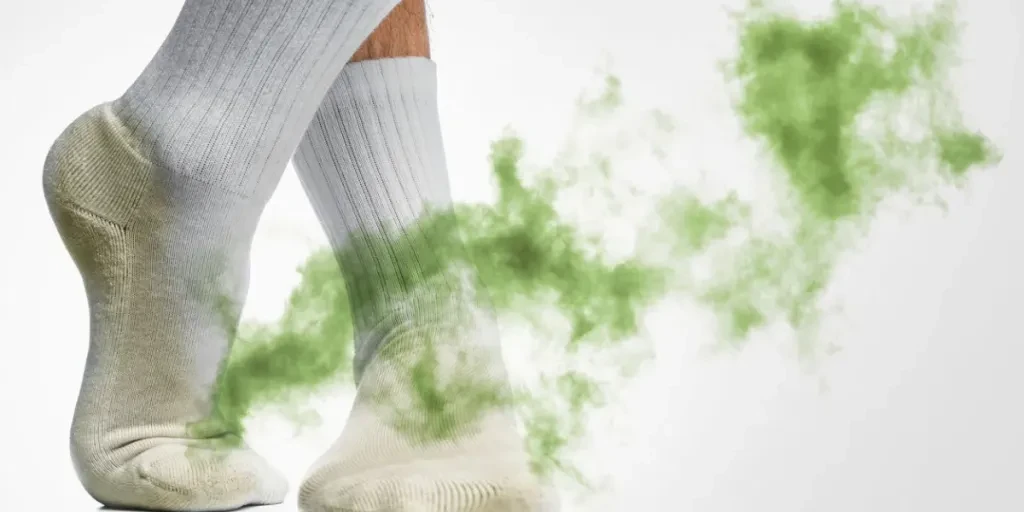
Trendy Colors and Patterns
The aesthetic appeal of cushioned socks has become an important factor for consumers, with trendy colors and patterns playing a significant role in their popularity. Brands are experimenting with a wide range of colors, from classic neutrals to bold, vibrant hues. Patterns such as stripes, polka dots, and geometric designs add a touch of style to the socks, making them a fashionable accessory.
Seasonal variations also play a role in the design of cushioned socks, with different colors and patterns being introduced to reflect the latest fashion trends. For instance, soft pastel shades and floral patterns are popular choices for spring and summer collections, while darker, more muted tones are favored for fall and winter. According to a report by WGSN, brands like Oilily and AO76 have successfully incorporated trendy colors and patterns into their cushioned sock collections, appealing to fashion-conscious consumers.
Seasonal Variations and Collections
Seasonal variations in cushioned socks are not limited to colors and patterns but also extend to the materials and designs used. For example, lightweight, breathable fabrics are preferred for summer socks, while thicker, warmer materials are used for winter socks. This approach ensures that the socks provide the necessary comfort and functionality for different weather conditions.
Brands also release seasonal collections that feature limited-edition designs and collaborations with artists and designers. These collections often include unique patterns and color combinations, making them highly sought after by consumers. A report by Launchmetrics highlights that brands like Nike and Adidas have successfully launched seasonal collections that resonate with their target audience, driving sales and brand loyalty.
Customization and Personalization Options
Customization and personalization have become significant trends in the apparel industry, and cushioned socks are no exception. Consumers are increasingly looking for products that reflect their personal style and preferences. Brands are responding to this demand by offering customization options, such as the ability to choose colors, patterns, and even add personalized text or logos to the socks.
Personalization options also extend to the fit and cushioning levels of the socks. Some brands offer made-to-order cushioned socks that are tailored to the specific measurements and preferences of the customer. This level of customization ensures a perfect fit and maximum comfort, enhancing the overall wearing experience. According to a report by WGSN, brands like Nike and Adidas have successfully implemented customization and personalization options in their cushioned sock offerings, catering to the growing demand for unique and personalized products.
Conclusion
The cushioned sock market is evolving rapidly, driven by advancements in materials, design, and consumer preferences. With a focus on innovative cushioning technologies, sustainable materials, and ergonomic designs, cushioned socks are becoming an essential accessory for various activities. The incorporation of trendy colors, patterns, and customization options further enhances their appeal, making them a fashionable and functional choice for consumers. As the industry continues to innovate, the future of cushioned socks looks promising, with new developments and trends set to shape the market in the coming years.



